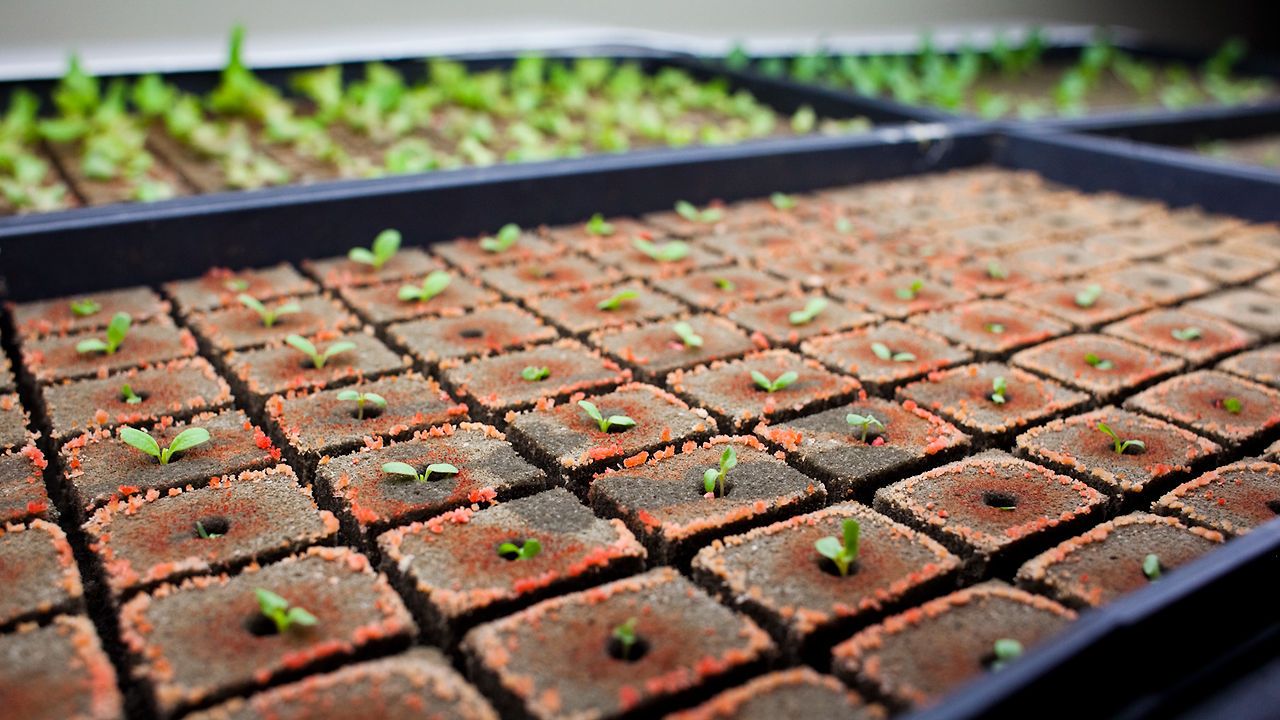
On average, Americans consume about 160 pounds of corn, per person, per year. When you consider the amount of corn that goes into feeding livestock and into our fuel, that figure goes up to around 2,074. Considering we eat and process a relatively small portion of the plant itself, just the cobs, that number is tremendously high. Most corn plants have only 5-7 cobs per plant, and the vast majority of their energy goes into producing 10 foot stalks whose only uses to us are as decorations or as organic matter for compost. So why put so much energy into producing such a large plant for such a small yield?
Making plants smaller may be the solution - or at least thats what a team from Purdue University thinks. They apply a commonly used fungicide (propiconazole) to genetically engineered corn in order to prevent it from producing growth hormones. Without these hormones, the plants are shorter and produce kernels in place of pollen. This is not a new phenomenon; this pathway has previously been induced in plants. The difference? The chemicals used to cost $25,000 per gram. Propiconazole costs $.10 per gram. The Purdue team thinks may be the future of agriculture - smaller plants will relatively massive yields.
To Grow More Food, We Need Smaller Plants from Fast Co. Exist
I love nothing more than a summer tomato (maybe add some balsamic, basil, and home-made mozz). In my free-time, I cook, read about cooking, farm, read about farming, and eat. Food is a basic necessity, but good food ought to be a fundamental right.
See what other Food52 readers are saying.